As a rule, weeds are the first to appear on a summer cottage, and not the plants planted by gardeners. Weeds take the necessary moisture and nutrients from the newly hatched sprouts, cover the small shoots from the sun, and try to fill all the free space with themselves, leaving a small piece of land for other plants. Throughout the summer, gardeners continually struggle with these “enemies.” Some mercilessly water the weeds with herbicides, others burn them, but some gardeners have learned to benefit from weeds for themselves and their gardens.
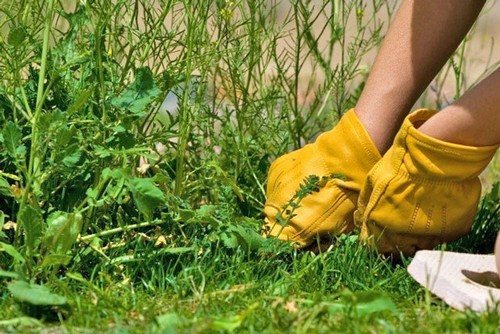
Mulching
Mulching is a method of covering the soil around plants, which provides favorable regulation of moisture and heat exchange. You can mulch with anything, but the weeds that are hated by summer residents are best suited for this purpose, because they consist of organic compounds, thereby acting as an organic fertilizer. In addition, mulching prevents new weeds from growing around the plant.
It is important to know! Each plant needs to choose its own version of mulch. So, strawberries love slightly rotted mulch, and raspberries love fresh mulch.
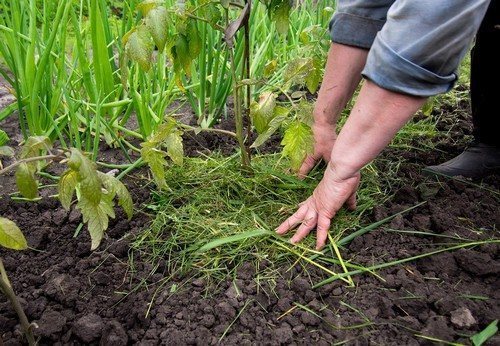
Compost
Compost is an organic fertilizer obtained from rotting plants or animal waste. This method is also very popular among gardeners, because in some cases the efficiency of compost is higher than that of manure, and it is obtained for free. Compost can not only be added to the soil before planting, but also mulched with it.
Liquid fertilizer
Yes, you can not only mulch the soil with weeds, but also make liquid fertilizer from them. To do this, you need to take a container, fill it a third with weeds, put 2-3 tablespoons of sugar, fill it with water, not reaching the edge a little. You should not close the container tightly with a lid; the infusion needs access to oxygen. After a few days in the sun or in a greenhouse, the infusion is ready for use.
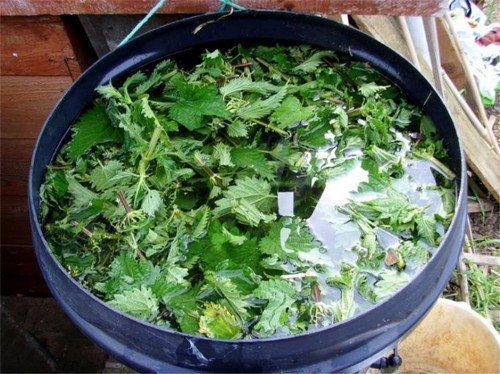
Cooking
Some weeds contain a lot of vitamins and minerals, so in the old days they were often eaten as food, which can still be done today. So, young leaves of dandelion, wheatgrass, woodlice, quinoa (the taste is identical to spinach), burdock, squash, and plantain are put in salads. Cabbage soup is made from nettles, jam is made from dandelion and clover flowers, and lemon balm and mint are added to tea.
Medical purposes
Doctors often prescribe medicines based on plants, for example, for bronchitis they recommend syrups with plantain, and for kidney diseases, drink an infusion of horsetail. Previously, in every village house there were bunches of dried plants that were used for medicinal purposes. Perhaps modern summer residents should remember this method, and not leave money in pharmacies.
Face masks
Masks made from wormwood, chamomile, dandelion, yarrow, plantain, St. John's wort, calendula, coltsfoot, and string will make the skin elastic, toned, restore the natural shine of the face, and solve some skin diseases. To do this, the leaves are thoroughly washed, crushed, mixed with base oil (olive, peach, almond, etc.) or added to kefir, sour cream, honey to obtain a thick paste.Nettle leaves are used to make ice cubes for wiping the face.

Hair Care Product
Infusions for rinsing hair are made from plants, which replace the usual conditioners and bring tangible benefits not only to the hair, but also to the scalp. To do this, take fresh or dried plants, finely chop them, add hot water and let it brew. Burdock, horsetail, nettle, chamomile, calendula, St. John's wort, plantain, coltsfoot, yarrow, and mint are suitable for rinsing hair.
It is worth remembering that some plants color hair. Chamomile brightens them, adds a golden tint to blondes, and nettle gives a greenish color. Therefore, a different plant is selected for each hair color and type.


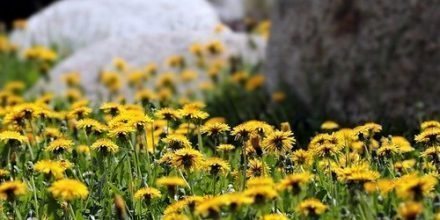


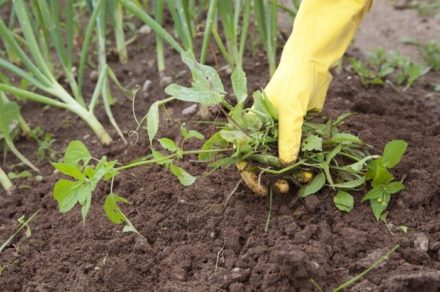
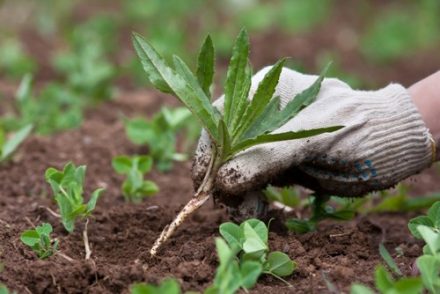

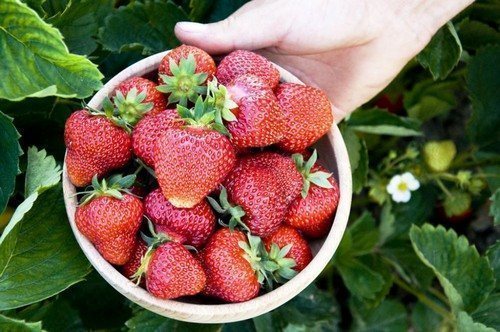

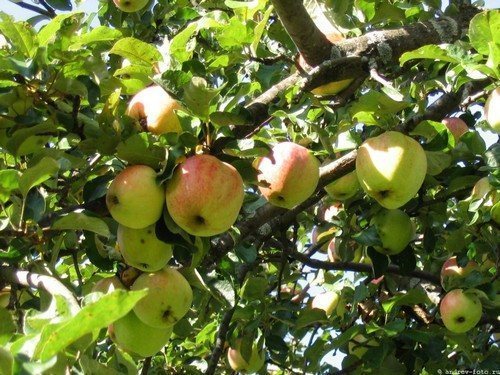
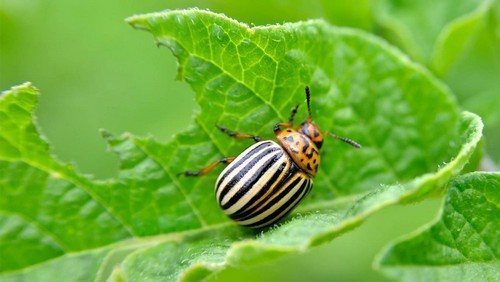
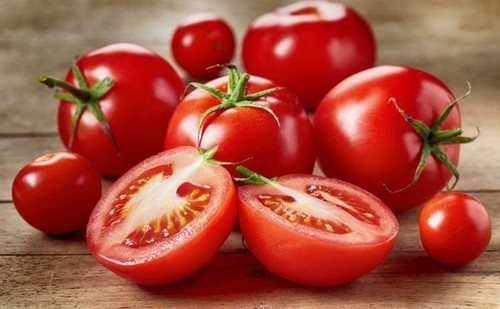
Grateful!!! Informative, Intelligible, Beautiful...